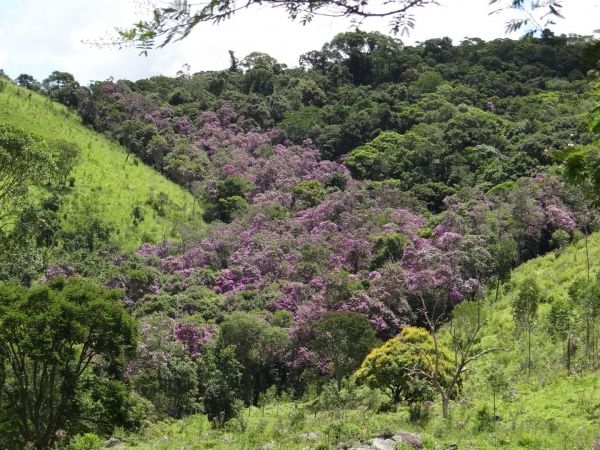The Atlantic Rainforest has been so savagely clearcut and burned over several centuries that only approximately 12% now remains. Nevertheless, it is still one of the planet’s largest repositories of biodiversity, and counter to a process that appeared irreversible, forest cover in the biome has begun to grow back in recent decades.
To confirm this trend and understand the dynamics of forest fragment degradation and regeneration, a study conducted at the National Space Research (INPE) in Brazil compared recent high-resolution satellite images with georeferenced aerial photographs taken in 1962 and deployed powerful computational resources to analyze the changes in forest cover using two pioneer tree species as markers: Cecropia hololeuca (silver embaúba) and Tibouchina pulchra (glory bush).
Pioneer species are hardy species that are the first to colonize previously disrupted or damaged ecosystems.
An article on the study is published in the journal PLOS ONE.
Read more at Fundação de Amparo à Pesquisa do Estado de São Paulo
Image: Tibouchina pulchra (glory bush) clearly indicates forest regeneration as almost all the individuals of this species were located inside or adjacent to forest remnants that have recovered since 1962 (Credit: Fabien Hubert Wagner)


